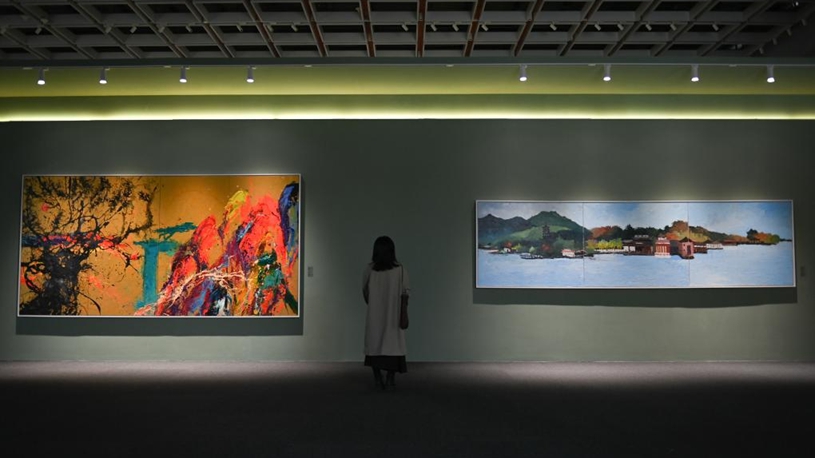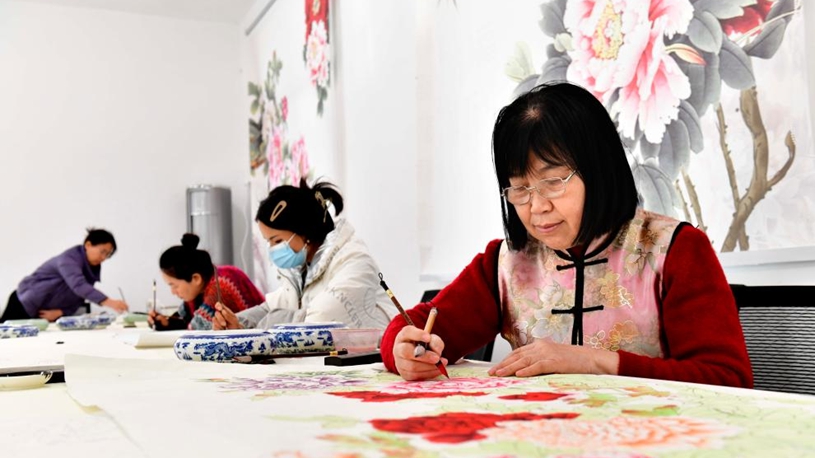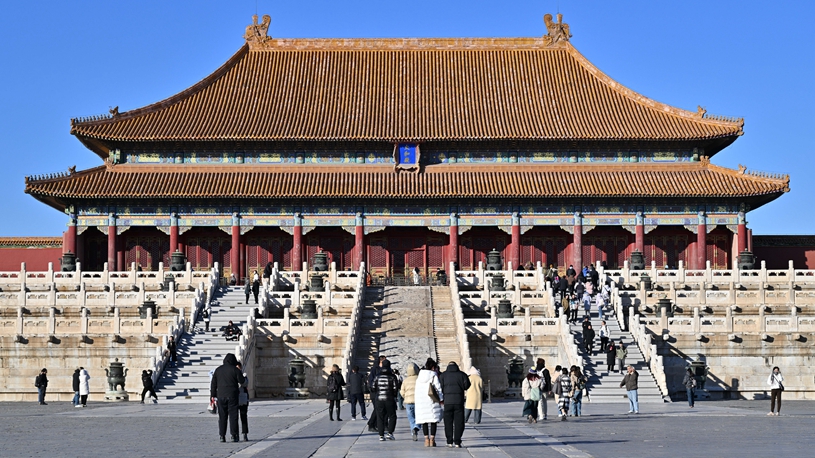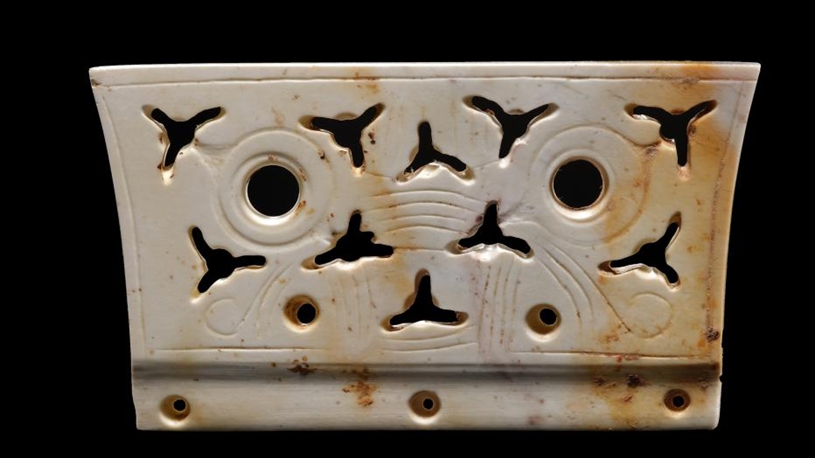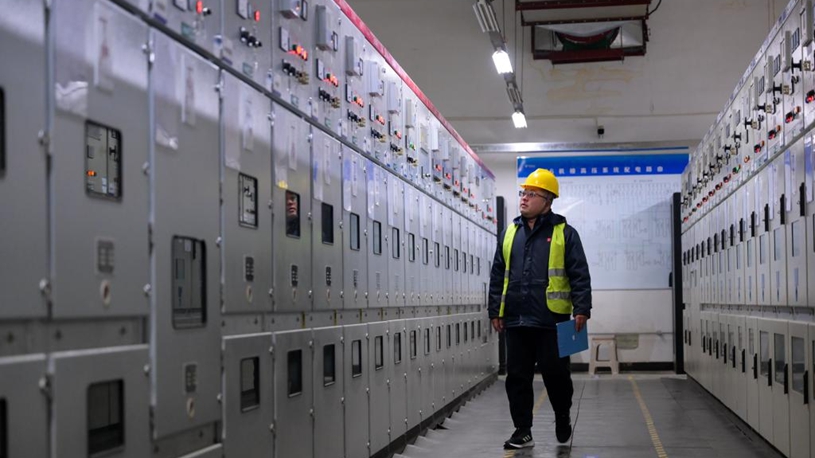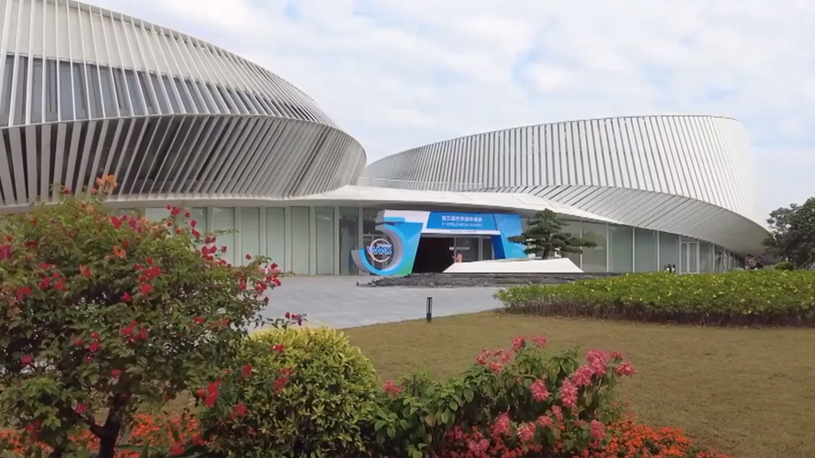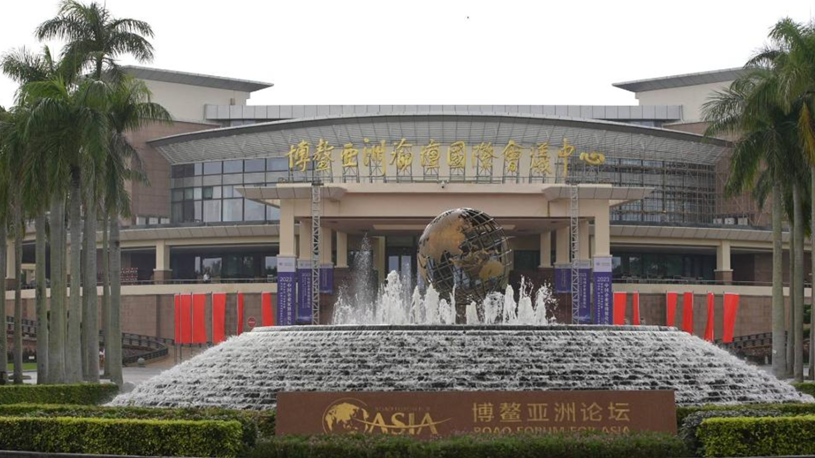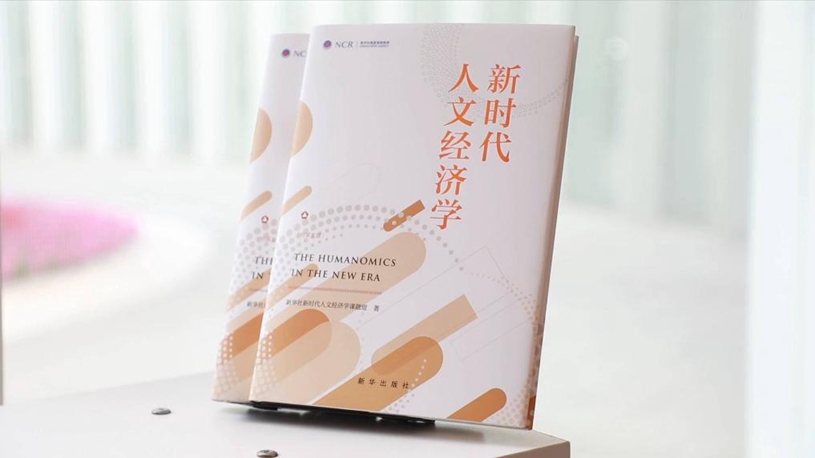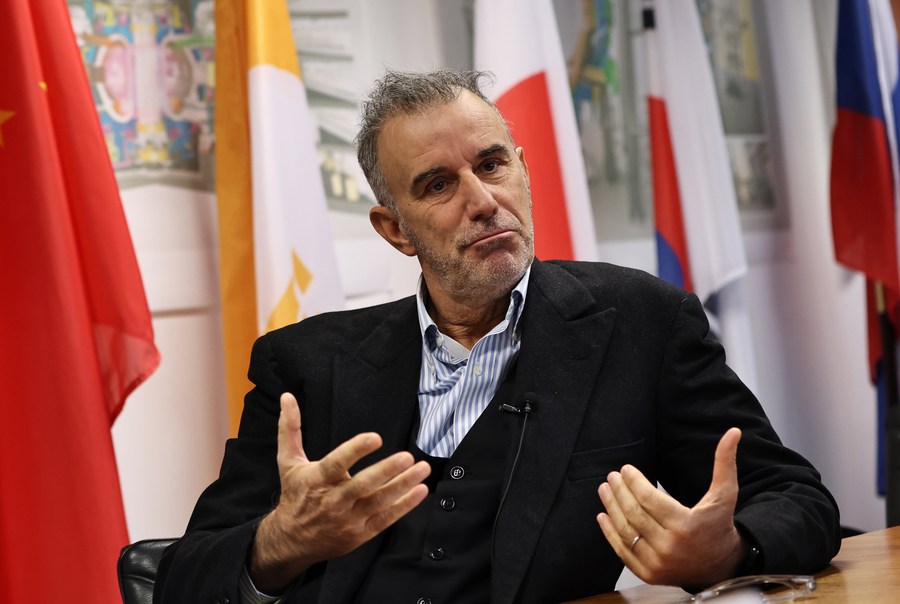
International Thermonuclear Experimental Reactor Director General Pietro Barabaschi gives an exclusive interview to Xinhua in St Paul-lez-Durance, France, Nov. 24, 2023. (Xinhua/Gao Jing)
"China is doing something remarkable. The very strong commitment from the Chinese government is evident. I trust China will continue to support ITER, this is the message I always get," ITER Director-General Pietro Barabaschi said.
ST PAUL-LEZ-DURANCE, France, Dec. 5 (Xinhua) -- China has contributed significantly to the international nuclear fusion research and engineering megaproject ITER, reflecting the big progress in China's national fusion program, said ITER Director-General Pietro Barabaschi.
"I'm really very impressed. When I worked in ITER in the 1990s, China was not part of the project. I gained a lot of experience more recently and I also witnessed in my recent trip to China the level of development in fusion research in general," said Barabaschi in a recent interview with Xinhua.
ITER, or International Thermonuclear Experimental Reactor, aims at creating energy through a fusion process similar to that of the Sun. Built in southern France by seven ITER members -- China, the EU, India, Japan, South Korea, Russia and the United States, the facilities will be the world's largest magnetic confinement plasma physics experiment device and the largest experimental tokamak nuclear fusion reactor.
China officially joined the ITER program in 2006 as its seventh member. According to the agreement, China is responsible for about 9 percent of the project's construction and operation.
Till now, "we have a long list of key components delivered by China. They are very important components in different parts of the project, from the power conversion, the magnet system to the feeders and so on," Barabaschi told Xinhua.
"China has a very strong contingent here, the largest presence among the non-Europeans, and very highly skilled personnel, said the director-general, adding that he appreciates "the Chinese on-site work on key activities, mainly the assembly."
In September 2019, a team led by China Nuclear Power Engineering was awarded the tokamak assembly contract 1 for the assembly of the cryostat and cryostat thermal shield; magnet feeders; the central solenoid, poloidal field and correction coil magnets; and cooling structures and instrumentation.

This photo taken on Nov. 23, 2023 shows the assembly building on the construction site of the ITER Tokamak, the world's largest fusion experiment machine, in Saint-Paul-lez-Durance, France. (Xinhua/Gao Jing)
In May 2020, the 1,250-ton soup bowl-shaped cryostat base, the heaviest single piece of the ITER, was positioned with very high precision into the tokamak pit, marking the official start of the main equipment installation of the world's largest artificial sun.
"There is a strong interest from Chinese companies to participate in the assembly," noted Barabaschi. "It is important for ITER, fusion, and China because these companies acquire a level of competence and know-how, which only ITER can provide."
While working together with international programs, China made remarkable breakthroughs in its national program.
In April this year, the experimental advanced superconducting tokamak, or the Chinese "artificial sun," located at the Institute of Plasma Physics under the Chinese Academy of Sciences in Hefei, capital of China's Anhui Province, achieved a steady-state high confinement plasma operation for 403 seconds, a key step toward the development of a fusion reactor.
In August, China's new-generation "artificial sun" HL-3 in Chengdu, capital of Sichuan Province, operated in the high-confinement mode under a plasma current of 1 million amperes for the first time. The high-confinement mode in nuclear fusion with magnetic confinement (H mode) is an advanced operating mode that has been chosen as the standard operating mode for ITER.
"We get really a lot in good cooperation with Hefei, with Chengdu and with all the research infrastructure present in China," said the ITER director-general.
"China is doing something remarkable. The very strong commitment from the Chinese government is evident. I trust China will continue to support ITER, this is the message I always get," he added.
Leading the crucial project designed to advance fusion science and prepare the way for the fusion power plants of tomorrow, Barabaschi stressed that ITER "has a value beyond the scientific part."
"It's quite remarkable that we can continue to work together among the seven members in full harmony, particularly at this point of time with so many difficulties in the geopolitics," he said.
The ongoing assembly work is a joint work, and "when we now move more and more in the assembly phase, we are looking more and more to milestones which are reasons for everybody to celebrate," he concluded. ■

